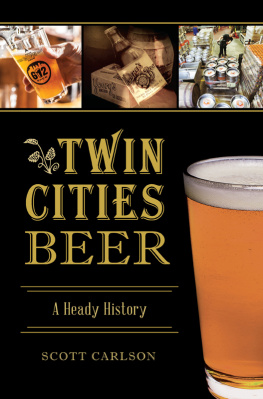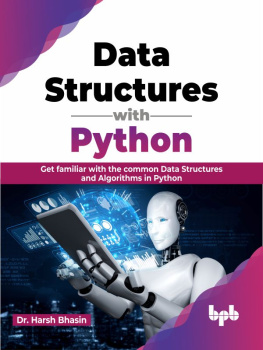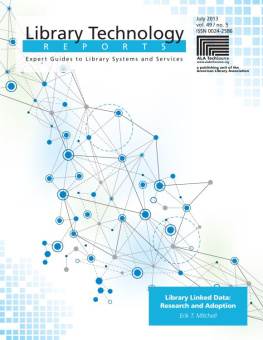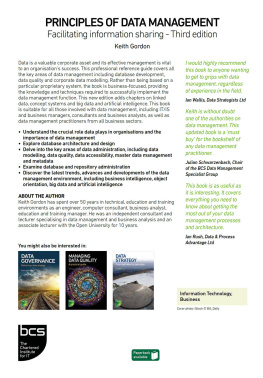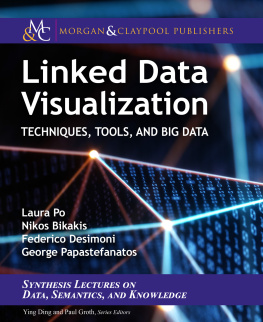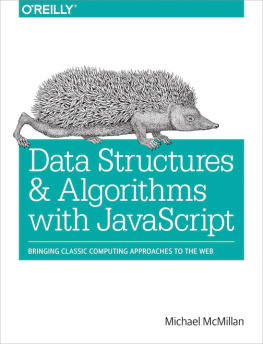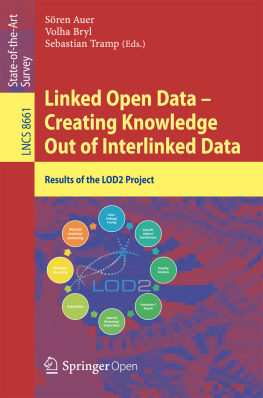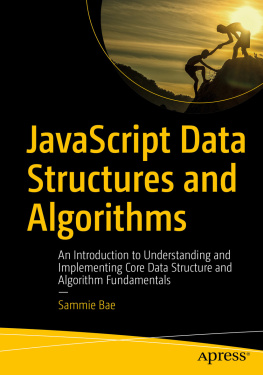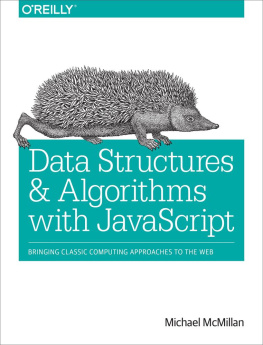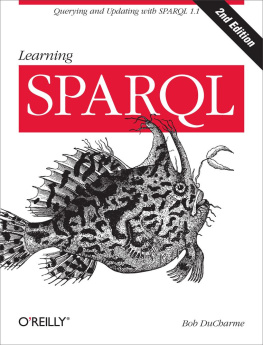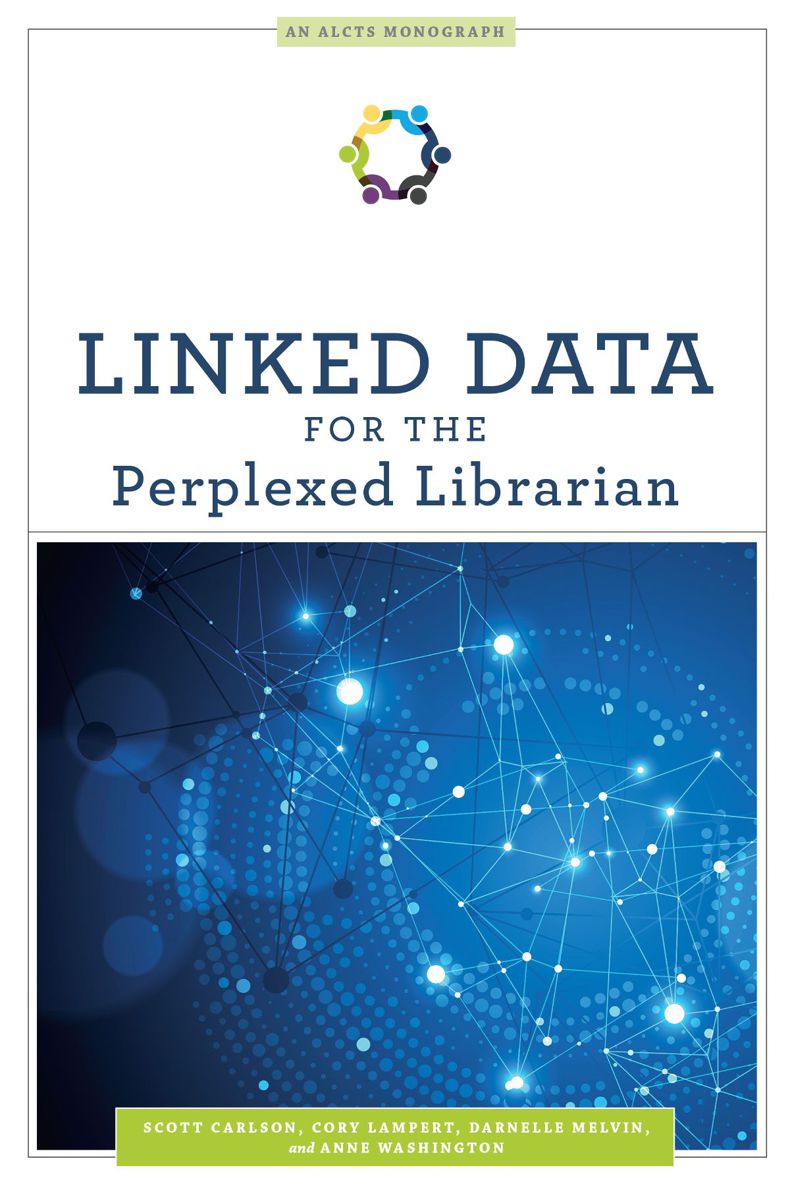
ALA Editions purchases fund advocacy, awareness, and accreditation programs for library professionals worldwide.
2020 by the American Library Association
Extensive effort has gone into ensuring the reliability of the information in this book; however, the publisher makes no warranty, express or implied, with respect to the material contained herein.
ISBNs
978-0-8389-4746-3 (paper)
978-0-8389-4712-8 (PDF)
978-0-8389-4710-4 (ePub)
978-0-8389-4711-1 (Kindle)
Library of Congress Control Number: 2019053975
Cover design by Alejandra Diaz.
CONTENTS
T he authors would like to thank the members of the GLAM community who generously donated their time to review this work and provide feedback, many of whom graciously agreed to review the text with meager turnaround time: Dorothea Salo, David Mayo, Jeremy Berg, Kate Flynn, Anjanette Schussler, Alena A. McNamara, Jessica Russell, John Fink, Catherine Oliver, and Steven Holloway.
S ince the mid-2000s, the greater GLAM (galleries, libraries, archives, and museums) community has proved itself to be a natural facilitator of the idea of linked datathat is, a large collection of datasets on the Internet that is structured so that both humans and computers can understand it. With our specialized needs in discovery, precise searching, authority control, and disambiguation, along with our lengthy history of producing complex, structured metadata, we in the GLAM community could hardly have asked for a better position to be in with regard to the topic. Over the last ten years, our community has published countless articles about experimentation with GLAM linked data; GLAM conferences have gained a reliable presentation topic; the Andrew W. Mellon Foundation provided close to $8 million in funding for a series of linked data collaborations between a group of Ivy League university libraries; and the Library of Congress announced BIBFRAME, a linked data format intended to replace our long-standing MAchine Readable Cataloging (MARC) format. The outcomes of each individual project may vary, but you cant deny that it has benea a very exciting decade for linked data in GLAM.
Yet despite this activity, linked data has become something of a punchline in the GLAM community. For some, linked data is one of this eras hottest technology buzzwords; but others see it as vaporware, a much-hyped project that will ultimately never come to fruition. The former may be true, but the latter certainly is not. To quote Tim Williams, a proponent of linked data use in the pharmaceutical industry, the rebuttal to the idea that linked data will never happen is the fact that it is, indeed, happening. Google, Facebook, the Wikimedia Foundation, and others are already putting the underlying standards of the Semantic Web to use, often in websites you use on a daily basis (even though you might not know it). Libraries are also part of the wave, with linked data being delivered through the discovery web pages of library service platforms by SirsiDynix, iii Innovative, and EBSCO. Comparing this unfolding reality to the GLAM communitys negative perception of it reveals a significant rift, so whats the problem?
First, only a few in the GLAM community use (and evangelize) linked data, compared with the many who do not. Research and experiments in linked library data are costly, in terms of both technological support and staff time spent away from ongoing library work. Visit a GLAM conferences sessions on linked data and you will chiefly find attendees who have the institutional and financial support to play with linked data (not to mention the institutional and financial support to simply attend conferences). The result is a small assemblage of linked data enthusiasts that rarely grows or changes, which in turn stagnates the technical infrastructure that would welcome others into Linked Data Land.
Our failure to grow this audience is only matched by our fields inability to communicate the practical opportunities of linked data to others in the GLAM community. With all due respect to our technically minded kin, not everyone in GLAM Land has the technical background that is implicitly required to understand linked data concepts; likewise, not everyone in the GLAM linked-data community is able or willing to explain those concepts in a nontechnical fashion. When the GLAM community does ask our enthusiasts to slow down and explain the topic of linked data, too often the explainers fall back on technical jargon, an unintentional (or, in some cases, very intentional) form of gatekeeping. If the GLAM community cannot adequately communicate linked data principles to its members, then we either dont actually understand the subject or we dont have an interest in effectively communicating it. The result is a pervasive myth that linked data is too complex for nontechnical GLAM audiences to understand.
In response, this book aims to smash that myth into a thousand jagged shards by presenting the basics of linked data. It is written with the perspective of the GLAM community in mindspecifically librarians, and even more specifically, librarians whose background may not be traditionally considered technical. The politics of such a statement are (quite rightly) a minefield, since members of departments aligned with cataloging, metadata, and patron-focused catalog searches are often disregarded as technical, but, you know, not technical. This book intends to strip away that pretense and present basic information about linked data in a clear, jargon-minimized way.
That being said, due to the nature of its subject matter, this book inevitably becomes increasingly technical as it wears on. For example, includes samples of a linked data search tool called SPARQL, which may appear unintelligible to those without some experience in SQL (Structured Query Language), which is used to interact with data inside relational databases, or programming languages such as Python. The inverse situation is that library staff with a broad technical background may find portions of this book redundant or overly simplistic. And thats okay! If anything, it means you may be more skilled with linked data than you might have thought.
While were on the subject of experience, please be aware that while this book is a great primer on linked data basics, it is not an exhaustive dive into the topic, nor is it intended to make you an expert. Rather, its purpose is to get you up to speed and conversant on a (relatively) new technology that could jostle libraries (and archives, galleries, and museums) into new cultural and technological territories. Once youve finished this book, if you find yourself still interested, or better yet, energized by the discussion, there are plenty of opportunities to get involved and work on linked library data, with to get you started.
NOTES
ENQUIRE WITHIN UPON EVERYTHING
The Origins of Linked Data
The hardest part of being a developer isnt the code, its learning that the entire internet is put together with peanut butter and goblins.
Sarah Drasner, developer advocate at Microsoft
C hances are, you are reading (or listening to) this book because you have questions about linked data, that prevalent, somewhat inscrutable term that has been buzzing around the GLAM-o-sphere for the better part of a decade. Perhaps you work in a position that doesnt have much of a technical component. Or maybe your job is highly technical, but you still arent sure what to make of the voluminous conference presentations and webinars on linked data that youve attended. Maybe youre just looking for a refresher. Whatever your background, we welcome you to this book.
Next page

